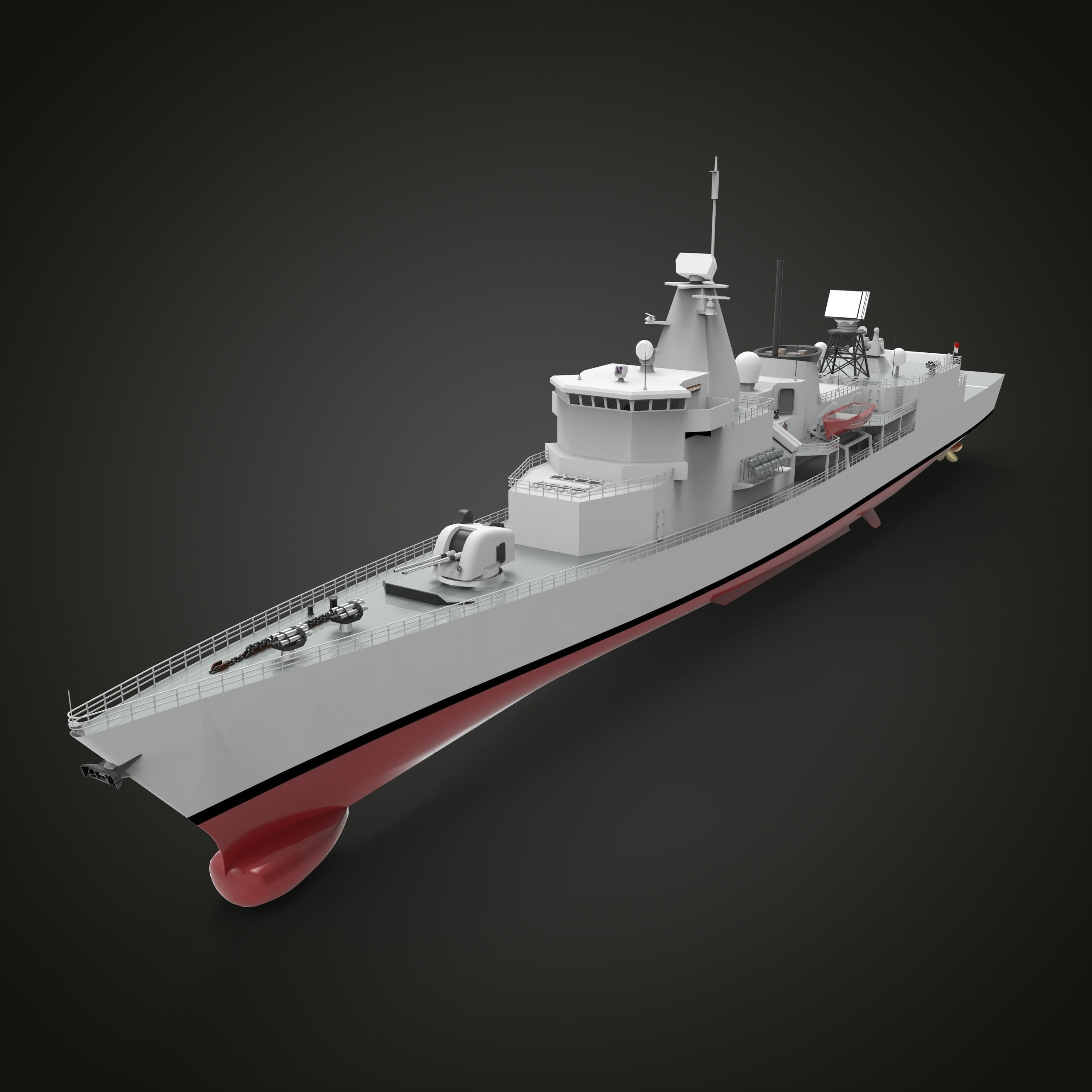
Frigate Ship Low-poly 3D model
n the 17th century, a frigate was any warship built for speed and maneuverability, the description often used being frigate-built. These could be warships carrying their principal batteries of carriage-mounted guns on a single deck or on two decks (with further smaller carriage-mounted guns usually carried on the forecastle and quarterdeck of the vessel). The term was generally used for ships too small to stand in the line of battle, although early line-of-battle ships were frequently referred to as frigates when they were built for speed.
In the 18th century, frigates were full-rigged ships, that is square-rigged on all three masts, they were built for speed and handiness, had a lighter armament than a ship of the line, and were used for patrolling and escort. In the definition adopted by the British Admiralty, they were rated ships of at least 28 guns, carrying their principal armaments upon a single continuous deck – the upper deck – while ships of the line possessed two or more continuous decks bearing batteries of guns.Class and type: FrigateDisplacement: 2,200 tons standard, 2,850 tons full loadLength: 113.4 m (372 ft)Beam: 12.5 m (41 ft)Draught: 5.8 m (19 ft)Propulsion: As built2 x geared steam turbines22,370 kW (30,000 shp)2 x shaftsRebuildCaterpillar diesels (5 ships)SEMT-Pielstick diesels (1 ship)Speed:
28.5 kn (52.8 km/h; 32.8 mph)With new diesels - estimated max. 24 kn (44 km/h; 28 mph)










